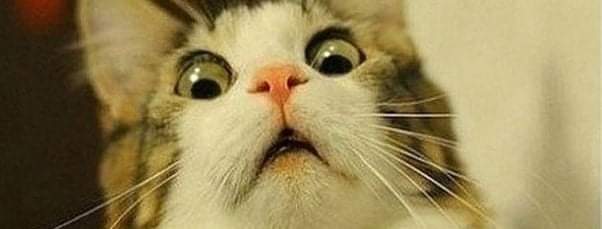
In a post for Science-Based Medicine, Jann Bellamy mined multiple sources to come up with 32 forms of acupuncture. She noted there are almost certainly more, since “acupuncture is not based in reality but is instead a collection of pseudo-knowledge” to which anyone can apply a new concept.”
This includes catgut, whose primary uses are for stringed instruments, tennis racquets, and surgical sutures. In this instance, it has also been coopted as a specific form of quackery.
Bellamy splendidly describes acupuncture as a “theatrical placebo” that assumes never-proven notions such as qi, meridians, and blocked energy. As to how a portion of the ukulele came to be unfairly associated with pseudoscience, catgut is embedded in acupuncture products. Selected “points” are stimulated until the treatment is deemed sufficient. In reality, this usually means the ailment has ran its natural course or the subject moves onto another form of medicine, be it legitimate or phony.
Most catgut applications go for one to two weeks, the reasoning being that doing it for two weeks is better than for two hours. This points to acupuncture’s lack of authenticity. No one would conclude that if two Advil are good for pain relief, then two bottles must be fantastic. Since acupuncture treatments involve no active ingredients and has no actual impact on the body beyond discomfort at the sticking point, an overdose is impossible. So, too, is proper dosing and medical benefit.
In typical alternative medicine tradition, catgut acupuncture enthusiasts tout its ability to cure or mitigate a broad range of conditions, from autism to acne, from facial paralysis to diabetes. Genuine medicine will impact a specific ailment, with scientists understanding the etiology. Doctors can explain to patients the curative mechanism and its impact on the body. By contrast, a hodgepodge list of unrelated conditions able to be cured is almost always a pseudoscience giveaway.
